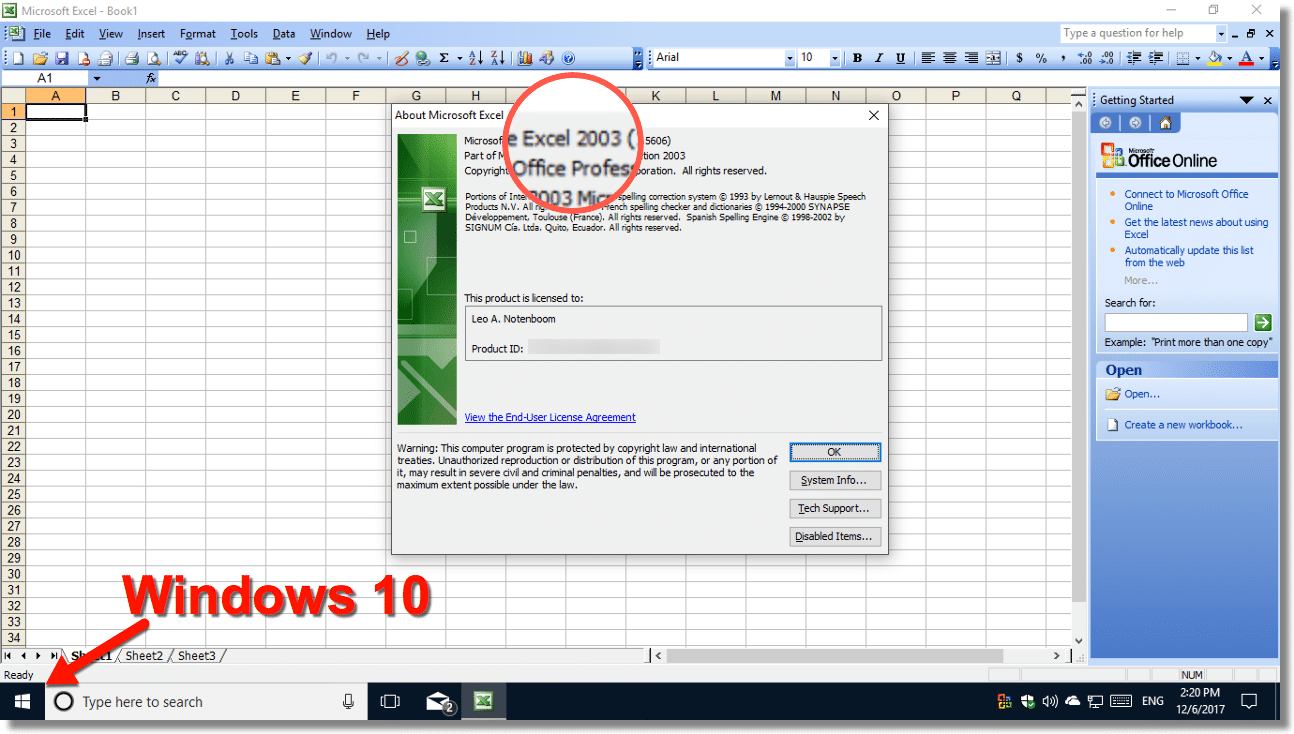

For example, a database called MySolution.accdb is split into two files called MySolution_fe.accdb and MySolution_be.accdb. This command splits your database application into two Access files: one for logic (a front-end) and one for data (a back-end). One way to separate data and logic is by using the Access Database command (on the Database Tools tab, in the Move Data group). This helps improve performance and reliability. In most cases, you should separate data management and application logic. For example, a user could cause data loss by unintentionally deleting or damaging the application file. Combining data management and application logic in one file provides the simplest deployment method, but this method works best only if a few people use the application at the same time, and it involves some risk. This is the default application structure in Access. You can create an Access application that combines data management and application logic in one file. Should the data and the logic be separated?
#ACCESS RUNTIME 2010 NOT INSTALLING ON PARALLES DOWNLOAD#
Understand and download the Access RuntimeĪCE no longer requires a separate installation to interact with non-Office appsīefore you begin, you should ask yourself the following questions about the way that the application will be deployed. This article discusses basic deployment planning, packaging and signing, deploying database applications, and the Access Runtime environment. A database application is a computer program that provides both a way to store and manage data and a user interface that follows the logic of business tasks (application logic). LessĪccess provides a feature-rich platform for developing database applications. Access for Microsoft 365 Access 2021 Access 2019 Access 2016 Access 2013 Access 2010 Access 2007 More.


 0 kommentar(er)
0 kommentar(er)
